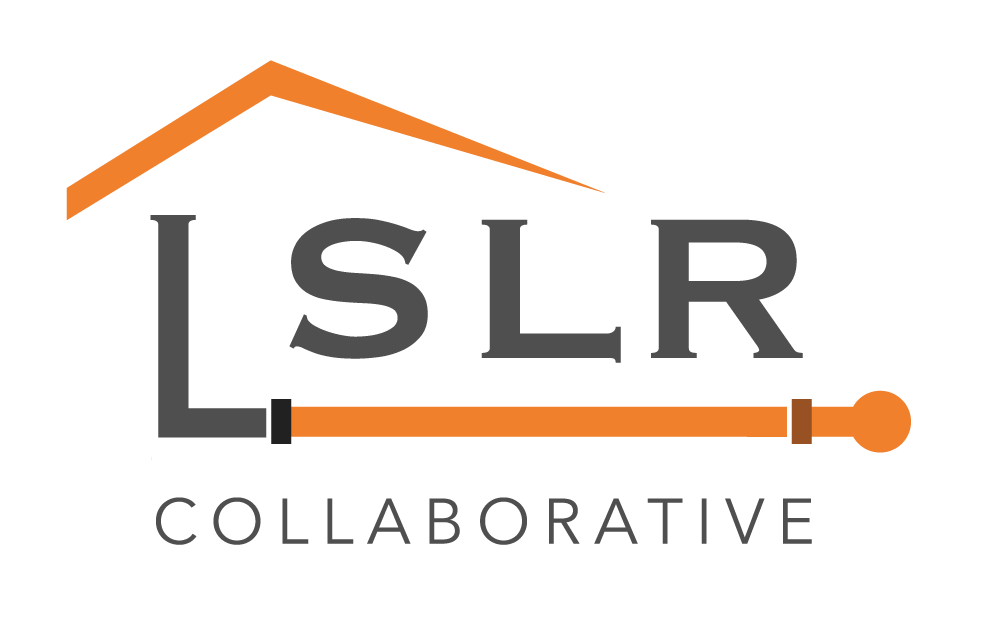|
Water Online
See the original article It has been 32 years since the amended Safe Drinking Water Act (SDWA) banned the installation of lead pipes in water systems nationwide. Unfortunately, that decision has not yet translated into action for every lead service line (LSL) installed before that point. Fortunately, someone has done a lot of legwork toward getting a handle on that process. Here is a preview of the help they have to offer. Identifying The Scope Of The Problem As much as has been learned about the effects of lead in drinking water as a result of the Flint, MI water crisis, progress toward eliminating the causes has been slow — in part relating to delays in the U.S. EPA finalizing long-term revisions to the Lead and Copper Rule (LCR). Complying with the requirements of the LCR, however, is just a first step toward dealing with the problem. This executive report on the contribution of service lines and plumbing fixtures to lead and copper compliance issues concludes: “Corrosion control treatment is likely still the best and most cost-effective way to comply with the requirements of the LCR. However, the consumer’s portion of the lead service line, which is beyond the jurisdiction of local water utilities, remains an important unresolved source of lead. The most effective way to reduce the total mass of lead measured at the tap is to replace the entire lead service line, followed by replacement of lead sources in the premise piping, the faucet, and then the meter.” Public Health Newswire
See the original article This guest post by Surili Patel, deputy director of APHA’s Center for Public Health Policy, discusses an exciting APHA 2018 panel on creating public health partnerships to advance lead service line replacement. According to the Centers for Disease Control and Prevention, exposure to lead in the environment can contribute to cognitive impairment, behavioral problems and lowered IQ in children and cause other health effects in adults. Lead can be found in dust, air, soil and drinking water in and around our homes, schools and child care facilities. And while there is no safe level of lead exposure, lead poisoning is preventable. In honor of National Lead Poisoning Prevention Week, we are talking about one way in which children and families are exposed to lead: drinking water. Lead can enter drinking water when pipes and plumbing fixtures that contain lead corrode. While Congress banned the use of lead pipes in 1986, lead service lines still connect the plumbing of over 6-10 million homes to water mains under the street. WoodTV
KALAMAZOO, Mich. (WOOD) — The Flint water crisis made everyone painfully aware of just how dangerous lead pipes are. In Kalamazoo, workers were busy replacing lead pipes even before Flint made local and national headlines. Steve Skalski is Kalamazoo’s assistant city engineer. He says the Michigan Department of Environmental Quality awarded the City of Kalamazoo a $1 million grant. “It’s pretty significant,” he said. The money will be spent to identify and remove lead pipes. “It’s a lot of money to spend on services,” said Skalski. Read the full article here. Leader-Telegram
The dutiful homeowner she is, Rose Judkins keeps a little money on hand for unexpected repairs to her Eddy Street house. But this year’s upgrade to her early 20th century home — replacing old lead-lined water pipes that ran under her lawn with copper ones — was followed by a check that refunded her for most of the cost. “We didn’t want lead pipes in here because it can make you sick,” Judkins said. After paying about $2,400 for the work herself, she got a $2,000 check a few weeks later from the city, which received funds from the state Department of Natural Resources to reduce the amount of lead pipes in its water system. Read the full article. |
Have a suggestion for an article or blog to add?
Let us know! Type
All
Date
April 2023
|


 RSS Feed
RSS Feed